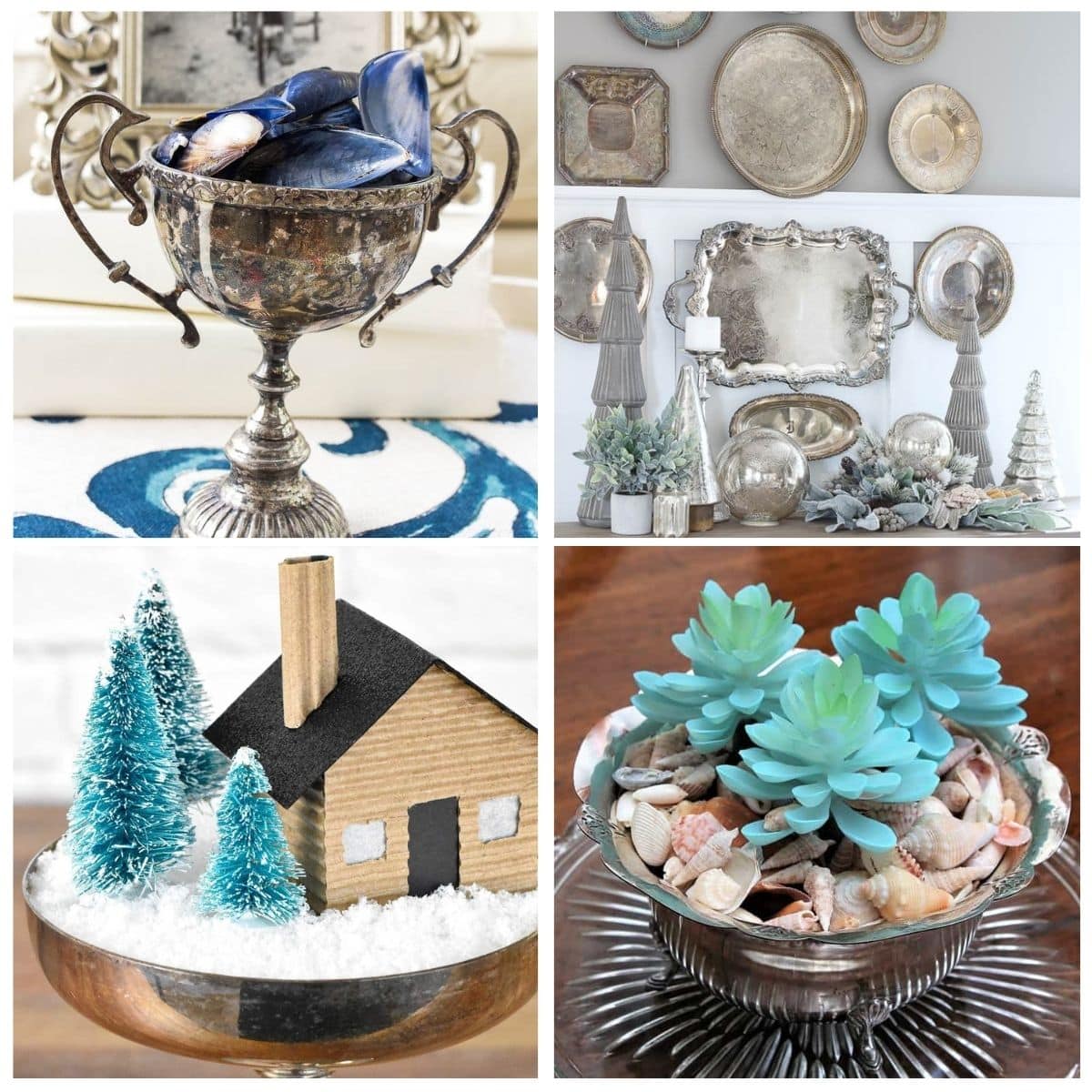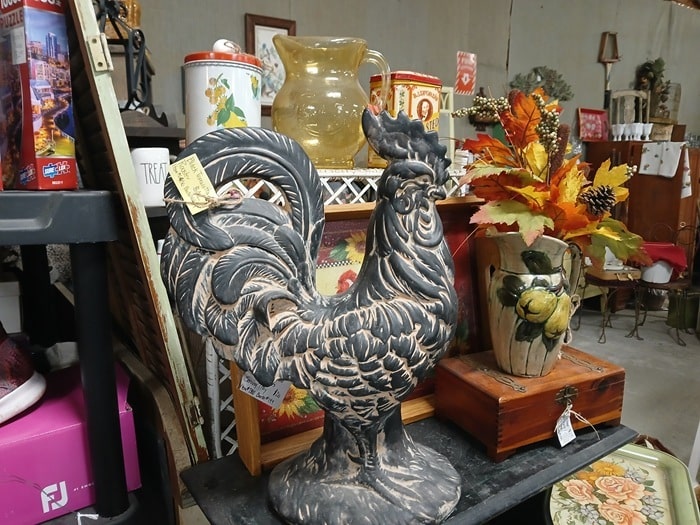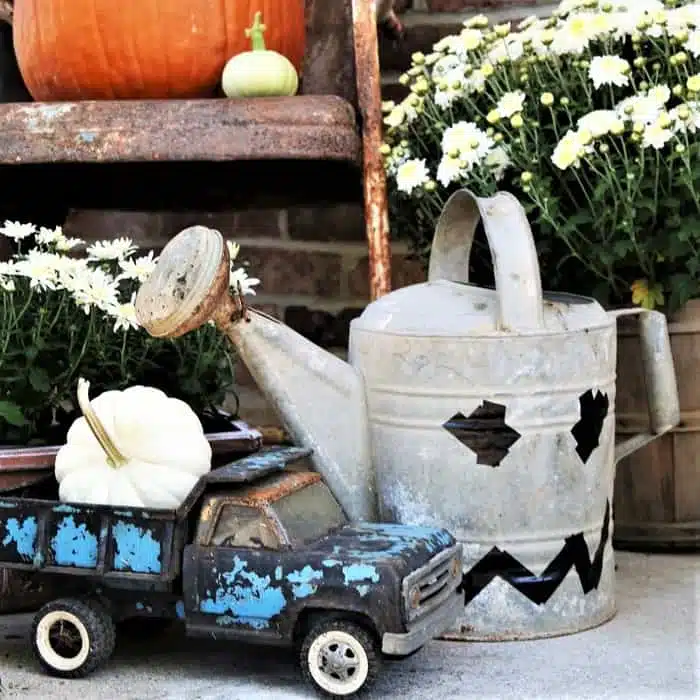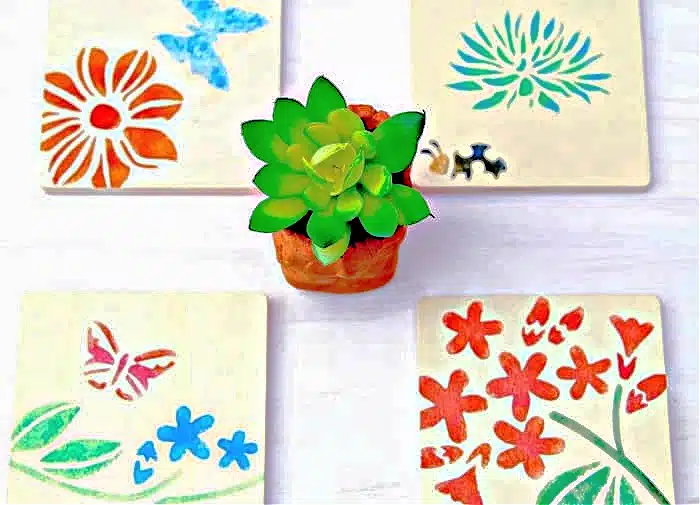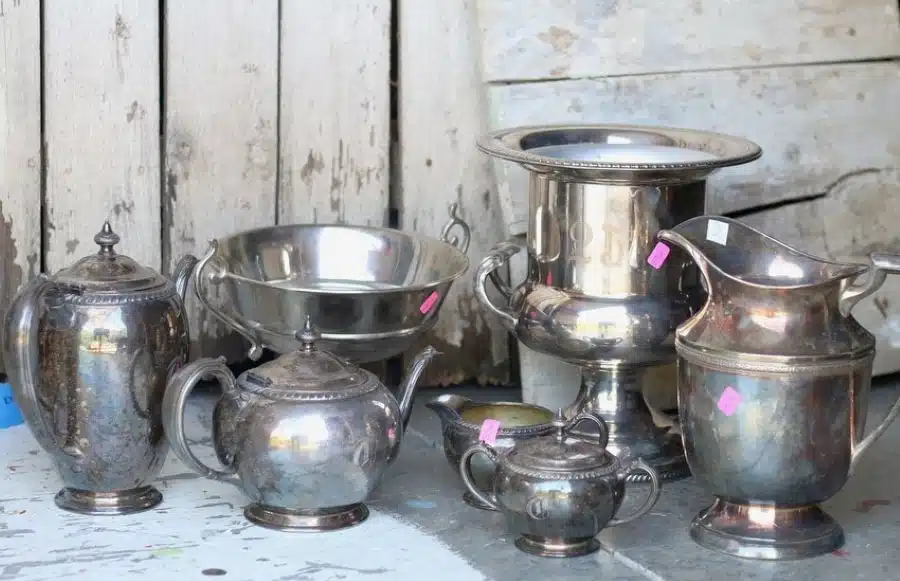How To Choose An Interior Paint Color
As an Amazon Associate, I earn from qualifying purchases.
According to Better Homes and Gardens, the right interior paint color scheme can increase a home’s overall value by up to $5000. It’s also a home improvement project most homeowners can tackle themselves.
Besides raising home values, interior and exterior painting also gives homeowners an opportunity to personalize their surroundings and express their unique personalities. The process begins with some basic prep work but usually ends with a fresh and modern look.
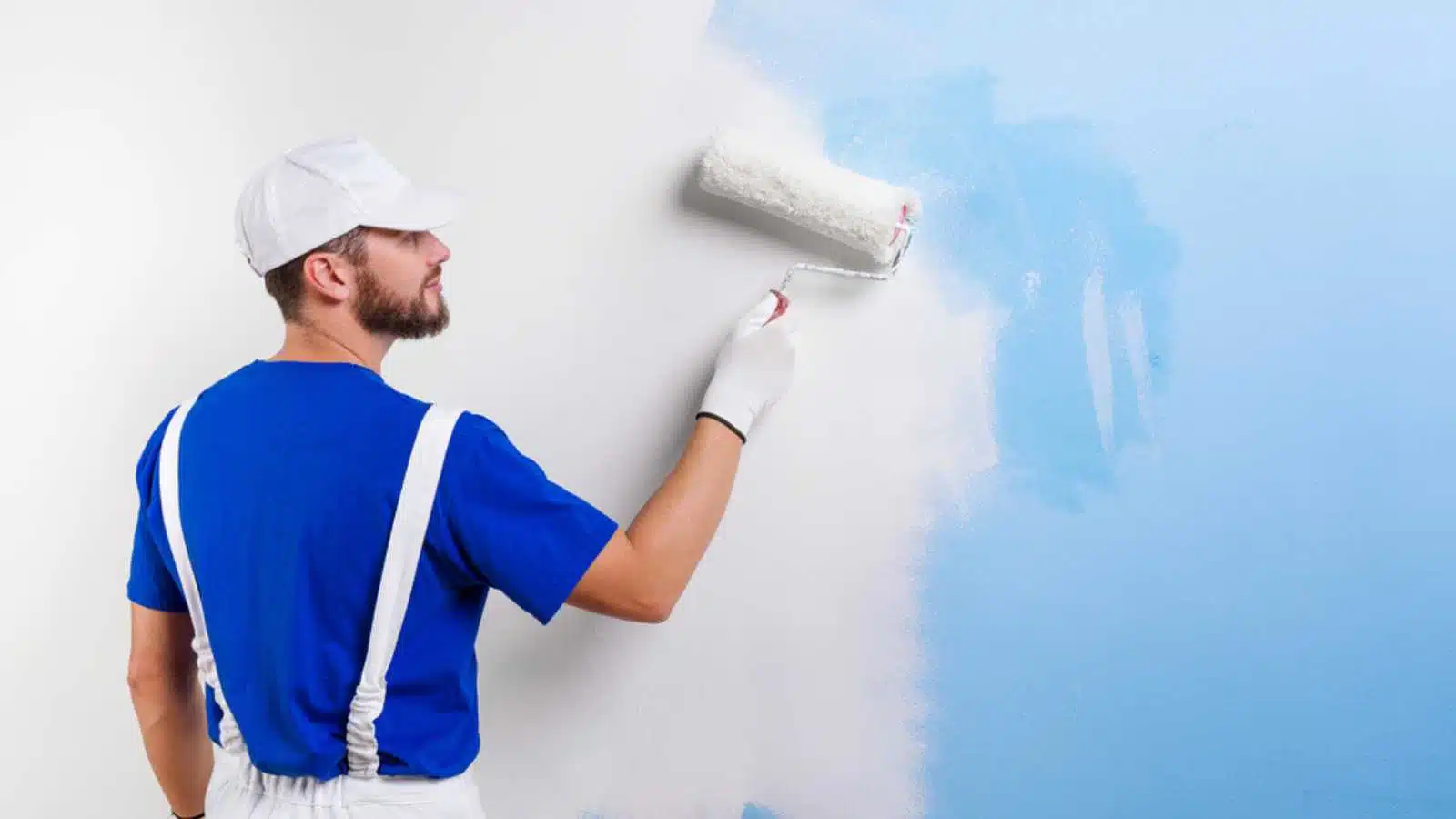
The Science Of Paint Color
The interior paint color selection process often begins with a dizzying array of paint swatches, samples printed on cardstock that reflect the paint supplier’s range of products. The gradations between shades can be very subtle, so it helps to understand the basic science behind color.
Primary And Secondary Colors
Three primary colors (red, blue, and yellow) form the basis of all other colors in the spectrum. Mixing at least two of these essential colors results in secondary colors, such as green, orange, and purple. The creation of interior paint relies on the percentage of primary and secondary color pigments added to the neutral white base.
Hue And Tone
Hue refers to the variety or intensity of a color and is often used interchangeably with tone, tint, or shade. While blue is a primary color, for example, hues such as aqua or marine have different values of blue based on their relative lightness or darkness.
Tone is a hue created by adding gray pigment to an existing primary or secondary color blend. Two interior paints can have the same hue but different tones based on the ratio of gray pigment. Tone is often described as bright, soft, muted, or dull.
Tint And Shade
While the addition of gray pigment determines tone, tint is determined by the addition of white pigment. A lighter tint results from a higher percentage of white pigment, while a darker tint results from little to no white pigment.
While tint and shade are often used interchangeably, shade is actually the hue achieved by adding black pigment. Shade has more to do with the lightness or darkness of interior paint as it appears in normal lighting conditions.
Color Temperature
Interior designers often refer to a color’s temperature, usually categorizing it as warm or cool. Warm colors, typically reds, oranges, and yellows, suggest heat or fire. In turn, this has a comforting or exciting effect on the room’s occupants.
Cool colors, generally blues, purples, and greens, create visual references to water and nature. These hues have a calming effect on visitors to the space.
Color Mood
The psychological effect of a color on occupants is considered its mood. Some cooler colors are also considered passive in mood, ideal for bedrooms and small, intimate spaces.
Warm colors: hues of red, orange, and yellow. Warm colors invoke images of fire and feelings of coziness and excitement.
Active colors such as reds, oranges, and yellows are stimulating, which makes them better suited for kitchens, offices, and accent walls.
Earth tones, such as brown, gray, or white, fall into the neutral mood category. Neutral interior paints are popular choices for large living spaces since they are less likely to be a distraction for visitors. Painting a house in a neutral color is a common practice before putting it on the market.
Forming A Color Scheme And Selecting The Right Interior Paint Color
Even if the interior painting plan involves neutral whites in every room, there should still be an overall decision on a color palette. This is where the concept of complementary or accent colors comes into play.
The Color Wheel
On the color spectrum wheel, certain colors mesh better with other colors to create a pleasing visual contrast. An accent wall provides a splash of a complementary color to break up a monochromatic space. Contrasting colors on window trims or moldings also help add visual excitement to an otherwise neutral room.
Karen Kelly, a freelance food and travel writer at Seasonal Cravings, says, “We never thought picking a white paint color for our new house would be such an effort, but it was. My husband painted so many shades of Benjamin Moore whites on walls and trim it was overwhelming. We finally went with the popular warm shade of Cloud White and couldn’t be happier. When picking colors, we always use the samples to paint big swatches on our walls, paying attention to how the light hits the room at different times of the day. We live with it for a few days, and then it’s much easier to decide. We couldn’t do this without the Benjamin Moore fan deck. It’s a must-have!”
Choosing The Right Paint Finish
The same interior paint color can have a completely different impact depending on its finish, the level of reflection created by resins added to the paint. Here are the most common finishes available for interior paints:
Matte
A matte finish has a minimal sheen when dry, creating a chalk-like appearance. While a matte finish can be applied to any surface, it is typically used for ceilings. The color value of a matte finish looks lighter than the original swatch hue.
Eggshell
An eggshell finish has a very low sheen, much like an actual egg’s shell. The finish is smooth and light, however. The color of a dry eggshell-finish paint is truer to the original swatch color.
Satin
A satin finish is popular because of its soft, pearl-like sheen when dry. It also remains true to the original paint color’s hue.
Semi-Gloss
A semi-gloss finish creates a shiny, sleek appearance that reflects more light and brightens the room. by naturally reflecting light. Semi-gloss paints often appear darker on the wall than expected.
High-Gloss
A high-gloss finish reflects the most amount of light of any paint finish. It is very shiny in appearance and more likely to be used on accent spaces (doors, moldings, cabinets) than entire walls.
Field Testing Paint Colors
One key to choosing the right interior paint color is to take the paint shade from the swatch card to the wall itself. A small sample of paint is not going to provide enough real-time information for an entire interior makeover.
- Paint a large square of a sample paint color directly on a wall or poster board. This is a good way to judge how paint will actually look in a room.
- After applying a primer to hide the original color, paint at least two coats.
- Paint test strips at eye level to view them from a distance.
- Paint test strips on two walls for larger rooms. The paint may look different depending on lighting conditions. Sample different finishes if possible.
Chhavi Agarwal at Mrs. Daaku Studio says,”A year back, we decided to repaint our house in a more fun way instead of painting it white. We looked at many photos and videos to eventually like a color that is quite dark, close to teal, but darker. To balance out the colors, we decided to paint all the doors white. Our family, the interior consultant, and friends were all against it, but we decided to give it a go. It turned out beautiful, and we loved it. For an accent wall in our bedroom, after a lot of back and forth, we decided to try creating designs with MDF. So, instead of painting the accent wall, we created a checkered wall. Again, it turned out lovely!”
Find Color Inspiration
Heidi Bender at Tons of Thanks shares, “We chose forest green for two of our bedroom walls. The other two are wood paneling. Anyway, the painters we hired thought that forest green was way too dark for a bedroom. However, our bedroom is small, and we only sleep in our bedroom. The room isn’t big enough for chairs or whatever else people put in huge master bedrooms. It made sense to us to have a dark color to help the room feel darker for sleeping, as at that time, the neighbor’s porch light was on during the night (letting her dog out) and would shine in our window.”
Sometimes the contents of the room, especially the furniture or flooring, help with the decision-making process. Taking inspiration from artwork or a bold fabric color is also a possibility. The key is to find a color that creates a definite mood and reflects the energy of that specific space.
This article was produced by Media Decision and syndicated by Wealth of Geeks.


